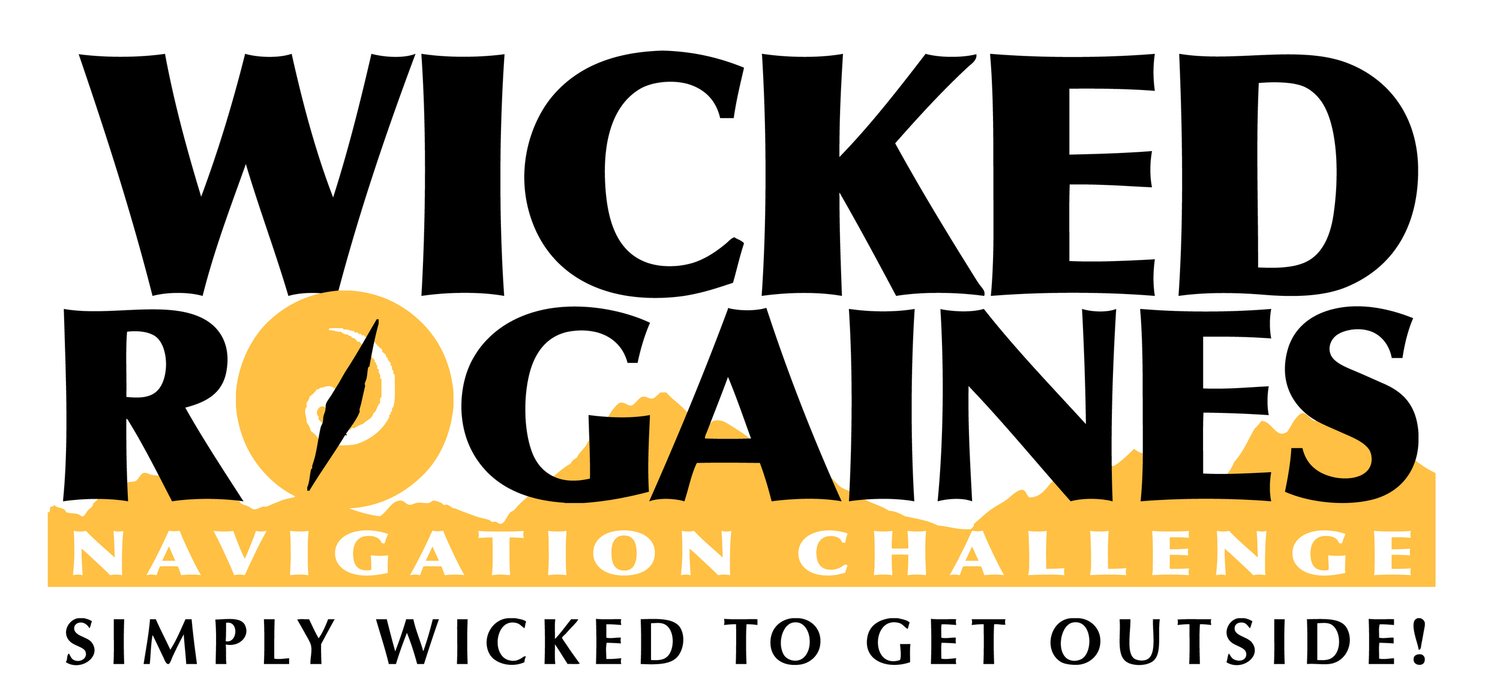Rogaine History
Founders and Origins
Rogaining was first formalized by Neil Phillips, Rex Whitton, and David Hogg, members of the Melbourne University Mountaineering Club (MUMC), in Victoria, Australia.
The term "rogaining" is derived from the names of three of the sport’s pioneers: Rod, Gail, and Neil, who organized the early events.
The First Event
The first recognized rogaine event was held in 1976 near Melbourne, Australia.
It was inspired by "twenty-four-hour walks", which had been held since the 1940s as challenging endurance events involving navigation over large distances. The founders formalized the structure, added scoring systems, and emphasized teamwork.
Key Features of Rogaining
Teamwork: Teams of two to five members navigate together, with collaboration being a fundamental aspect of the sport.
Navigation: Maps and compasses are used to locate checkpoints, emphasizing strategic thinking and route planning.
Endurance: Events are typically long (6, 12, or 24 hours), testing participants' stamina and determination.
Accessibility: While the sport involves competition, it is designed to be inclusive and enjoyable for participants of all skill and fitness levels.
Growth of the Sport
By the 1980s, rogaining had grown in popularity across Australia, with formalized rules and governing bodies.
The Victorian Rogaining Association (VRA) was established to oversee and promote the sport, and rogaining later spread internationally to countries like New Zealand, the United States, and Canada.
In 1989, the International Rogaining Federation (IRF) was formed to support global growth and collaboration.
Rogaining Today
Rogaining remains an important part of Australia’s outdoor sporting culture, celebrated for its blend of strategy, endurance, and social camaraderie. It has inspired countless enthusiasts worldwide, making it a beloved sport for adventure seekers of all ages.

